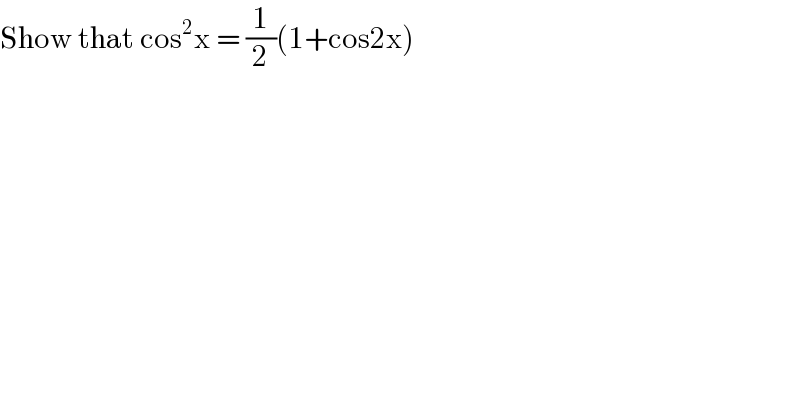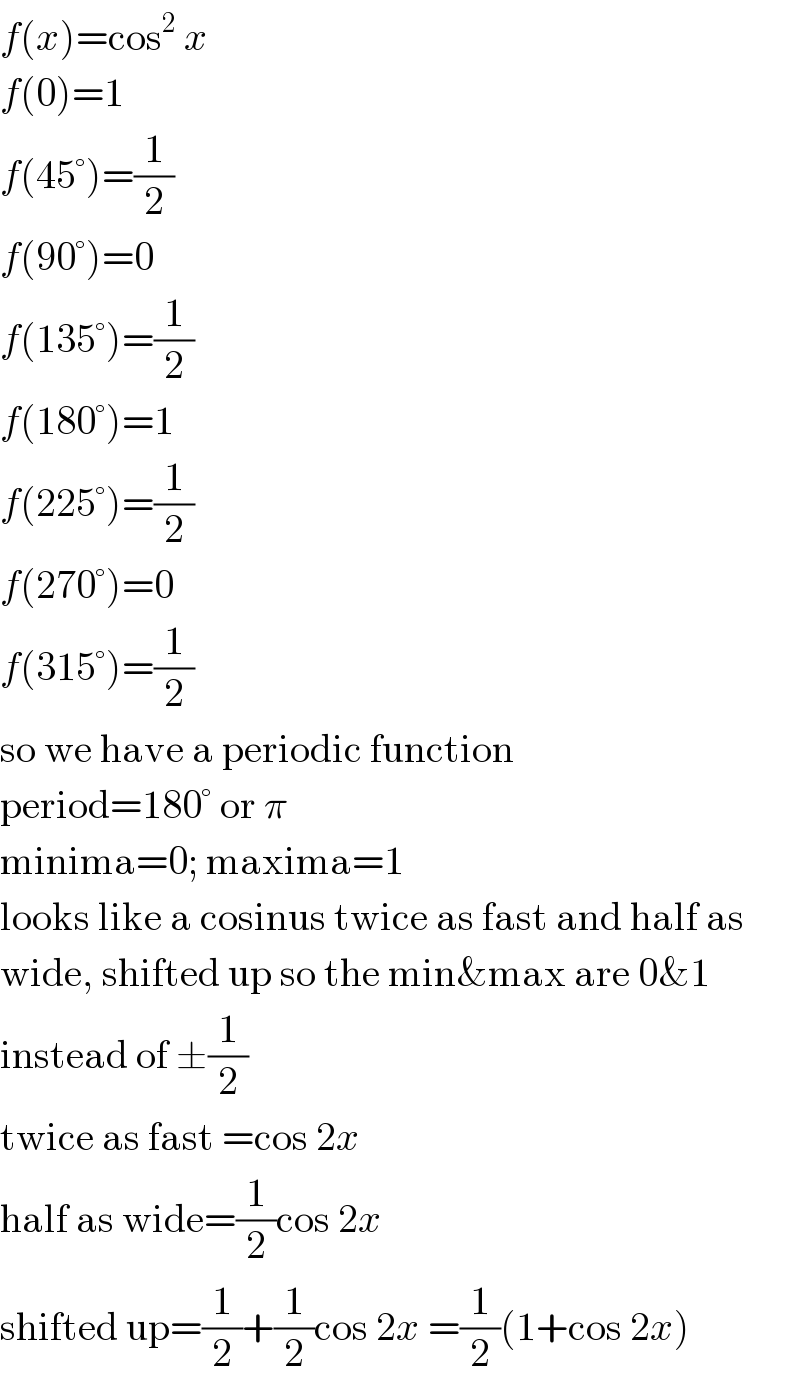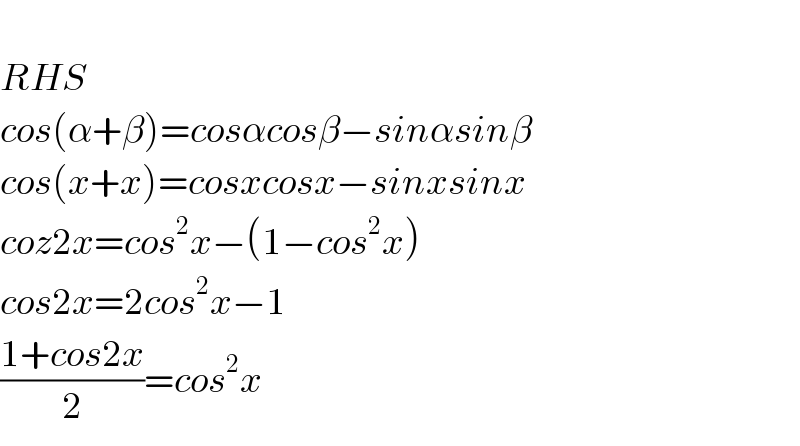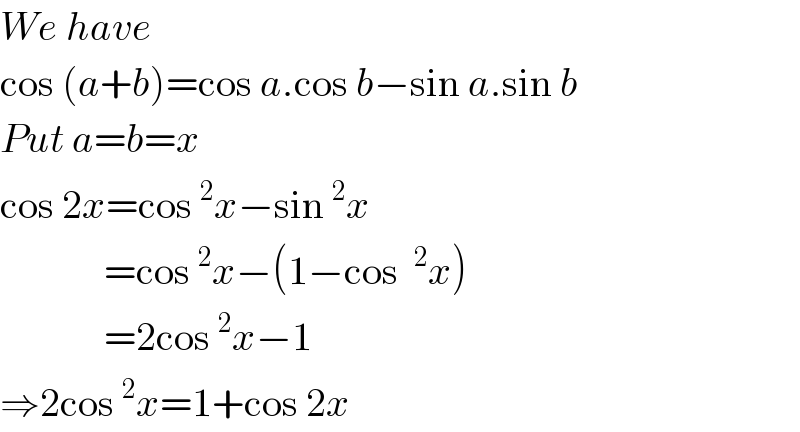
Question and Answers Forum
Question Number 44028 by pieroo last updated on 20/Sep/18

Commented by maxmathsup by imad last updated on 20/Sep/18

Answered by MJS last updated on 20/Sep/18

Commented by MJS last updated on 20/Sep/18

Answered by tanmay.chaudhury50@gmail.com last updated on 20/Sep/18

Answered by $@ty@m last updated on 20/Sep/18

